How to prepare for, navigate, and thrive through summer slumps — according to marketing experts
Every summer, a familiar shift hits marketing teams. Engagement cools, inboxes slow, and campaign results taper off just as internal pressure starts to heat up. Clients pause new projects. Content calendars fill with refreshes and lighter lifts. And whether you’re in-house or freelance, it can feel like you’re sprinting in place.

Every summer, a familiar shift hits marketing teams. Engagement cools, inboxes slow, and campaign results taper off just as internal pressure starts to heat up. Clients pause new projects. Content calendars fill with refreshes and lighter lifts. And whether you’re in-house or freelance, it can feel like you’re sprinting in place.
As a content strategist for B2B SaaS companies, I’ve seen this cycle enough times to know it’s usually seasonal. Audiences pull back. Priorities change. And attention spans get stretched thin by travel, time off, and a general tilt toward rest.
But this year’s slump may feel heavier. Between tariffs, new tax rules, rising platform costs, and persistent inflation, many companies are tightening budgets, and that makes every dip in performance feel more urgent than usual.
Still, a summer slowdown isn’t a failure. It’s a signal. In this guide, I’ll show you how experienced marketers plan around it, adjust expectations, and use this time not just to stay afloat, but to get strategically ahead.
Table of Contents
- Signs of Summer Slumps in Marketing
- Preventing Summer Slumps
- Preparing for Summer Slowdowns
- How I Use Summer to Strengthen My Client Work
Signs of Summer Slumps in Marketing
Summer slumps don’t always show up as dramatic drops in leads or revenue. More often, they start with smaller signals — subtle shifts in audience behavior that are easy to misread or ignore.
It’s easy to assume the content is broken when it’s really just a seasonal change in attention, urgency, or buyer intent. Knowing what to look for early makes it easier to respond strategically instead of reacting out of panic.
Look out for these five signs.
1. Decline in Search Impressions and Organic Traffic
One of the earliest signs of a summer slump often shows up in search impressions and organic traffic.
At first glance, rankings and content output might look stable, yet traffic and impressions quietly dip.
As Tyler Hakes, strategy director and principal at content agency Optimist, explains, “It’s usually leading indicators like search impressions (before clicks), email opens, engagement or reach on social, etc. These all indicate that the content itself isn’t necessarily underperforming but there are just fewer people looking.”
Put simply: Your content isn’t underperforming — fewer people are searching.
Eric Doty, content lead at sales enablement platform Dock, emphasizes a simple diagnostic check: “If your rankings aren’t going down, but your traffic and impressions are, that’s a good sign that the overall market has declined — it’s a seasonal slump.”
Tracking search impressions separately from keyword rankings gives you better context during seasonal periods. If rankings remain steady while fewer people search, the issue is strategic rather than external.
Spotting that difference early prevents reactive rewrites and keeps your strategy focused where it matters — on expectations, messaging cadence, or engagement formats suited for lower-intent audiences.
2. Lower Engagement and Click-Through Rates
When audiences are still seeing your content but interacting with it less, it suggests a softening in urgency or attention — not necessarily a problem with the content itself.
Guest experience strategist, Amy Morgan, points to this as a critical early warning, “I tend to watch the relationship between engagement and click-through rate. Often, people are still watching and liking, but they’re not doing anything after that. That’s usually the first sign something’s shifted.”
A steady flow of impressions or views combined with a decline in meaningful actions is often seasonal. People are browsing passively but are less motivated to click, sign up, or inquire.
Don’t just track traffic — watch how behavior shifts. If clicks drop while views stay steady, it’s time to adapt your CTAs, timing, or cadence.
3. Drop in Email Open Rates and Newsletter Sign-Ups
During slower seasons, even regular subscribers open fewer emails and sign up for fewer newsletters. These drops typically reflect changing priorities and screen habits, not a failure of the email content itself.
Justina Perro, a freelance growth strategist, highlights email open rates and newsletter sign-ups as key metrics she closely monitors during seasonal slowdowns. When both start slipping, it usually signals reduced audience activity rather than deeper issues with targeting or messaging.
Because email engagement requires deliberate action — opening a message, reading, clicking — a decline here often mirrors broader shifts happening across channels.
Monitoring these patterns early gives marketers time to adjust their cadence, shift focus toward lighter content formats, or extend nurturing cycles instead of pushing for immediate conversions that audiences aren’t ready to make.
4. Fewer Demo Requests Despite Steady Traffic
A drop in demo requests while organic traffic holds steady is a strong sign that audience intent is weakening — not just seasonal traffic shifts.
Perro considers this a red flag, “Demo request drop-offs when all else is the same or better. For example, if organic traffic is up but demo requests are down — and it’s NOT a form issue — that makes me worry.”
Mixed metrics? Don’t jump to conclusions. It’s easy to blame strategy or the economy, without enough evidence.
Taylor Scher, a SaaS SEO and growth consultant, reminds marketers:
“I think as marketers, we almost default to a slowdown being a strategic and/or economic problem. My main pipeline is primarily driven by inbound leads, so it’s often inconsistent and can be a little debilitating at times.
“It can definitely be a strategic problem, but honestly, I think actually speaking with your ICP is the only way to determine if there’s a current problem. So, talking with a CMO to see if they’re planning on investing in SEO in the future or if they’re pulling marketing dollars back due to economic uncertainty.”
Inbound signals alone are too noisy to fully diagnose summer slumps. Direct conversations with your ideal buyers give you clearer visibility into whether hesitation is seasonal — or something deeper you need to address.
5. Decrease in Pipeline Generated by Sales Teams
A slowdown in pipeline generation is one of the clearest indicators that a summer slump is reaching the sales team, not just marketing.
Doty explains how this plays out, “At Dock, the main way we measure the success of our content program and marketing program in general is the pipeline generated by the sales team. If our sales team is generating less pipeline, that’s a clear indicator of a slowdown.”
While top-of-funnel metrics like impressions and traffic are leading indicators, pipeline metrics often reveal the cumulative impact of lower engagement across the funnel. Lagging indicators like fewer qualified meetings, smaller deal volumes, or reduced lead-to-opportunity conversion rates tend to surface weeks after early traffic drops.
If your pipeline is down while early-funnel metrics already showed softening, it usually confirms that slower market activity — not poor content or sales execution — is the primary cause. Recognizing this connection early can prevent reactive overhauls and help marketing and sales teams realign expectations for the season.
Preventing Summer Slumps
The best way to handle a summer slump is to prepare for it before it starts. Many teams wait until engagement drops to take action — but by then, you’re only reacting.
A strategic approach involves reviewing past data, adjusting your channel and content mix, and planning around how your audience’s habits shift during slower months. I’ve found these moves don’t stop the seasonality, but they do make it manageable and, in some cases, even productive.
Analyze past data and set summer expectations.
Analyzing past data means reviewing previous years’ performance to predict when summer slowdowns will happen, and setting expectations around them early.
Marketers who do this avoid being blindsided when engagement or traffic naturally dips. Michelle Jackson, chief strategy officer at content agency BackPocket Agency, recommends starting with first-party data:
- Survey your audience.
- Interview customer-facing teams like sales.
- Review historical analytics from previous summers.
This gives you evidence to support internal conversations and guide content pacing.
Hakes emphasizes the importance of communicating these patterns internally: “Set aside time to analyze your historical data and understand when these lulls tend to happen. Create a little schedule for yourself so you can reference it and remind other stakeholders. Then, pre-empt those by setting expectations leading into the low season.”
If you know a typical 10% traffic drop happens every July, you can shift focus to relationship-building campaigns and avoid scrambling to explain results after the fact.
Adjust channel mix based on audience behavior.
Adjusting your channel mix means reallocating marketing efforts toward where your audience is actually spending time, not where they used to be.
Audience behavior shifts during the summer, and marketers who adapt early avoid wasting resources. Jackson recommends using both internal and external signals to guide adjustments:
“If summertime sees your target audience taking a break from certain channels like LinkedIn or email, pivot more of your effort toward channels where they may be spending more time — maybe that’s watching more YouTube content or listening to more podcasts.”
For example, if email opens drop, try teasing that same message as an Instagram Story or a 60-second podcast ad.
Instead of forcing underperforming channels:
- Shift email blasts → podcast sponsorships
- Replace webinars → short-form YouTube
- Move engagement → Reddit, Slack, or wherever your ICP’s hiding
Shift to lightweight, decision-stage content.
Build content that’s easier to consume but still helps buyers make progress, even if they aren’t ready to act.
Instead of pushing heavy product deep-dives or aggressive CTAs, focus on low-commitment, helpful content like:
- Planning guides.
- Behind-the-scenes posts.
- Comparison sheets or “how to evaluate” resources.
This way, you stay relevant without exhausting your audience’s limited attention and position yourself to be top-of-mind when urgency returns in the fall.
Think: 2-minute read > 10-minute whitepaper. 1-slide visual > gated ebook.
Morgan explains, “I usually shift my clients toward more lightweight, behavior-driven content. Things like planning guides, decision-stage resources, or behind-the-scenes posts. Content that’s easier to consume, but still valuable. Most of the time, summer slumps happen because people aren’t quite ready to commit. They’re browsing, rather than booking. So we adjust the tone and calls-to-action to reflect that.”
Upcycle and repurpose top-performing content.
The best content you’ll publish this summer might already exist — you just need to give it a second life.
Instead of pushing to create new material during low engagement periods, both Justina Perro and Jaclyn Sergeant, who specializes in LinkedIn strategy, recommend doubling down on proven winners.
“Upcycling old content that we know was a huge hit + FUN, lighter pieces that are easier to consume but keep us top of mind. For example, I used to do a SlideShare entitled ‘The Best Mobile Marketing Our Team Saw This Month.’ It was a collection of real mobile marketing examples (screenshots, visuals, etc.). It was a HUGE hit for us and got us through the summer months,” says Perro.
Sergeant adds another layer, “Instead of simply recycling old posts, dig into your best-performing posts and explore them from different angles.”
I recommend reworking ideas that have already earned attention like turning a strong Q1 thought leadership post, for example, into a lighter behind-the-scenes breakdown or a set of short-form visuals for easier summer browsing.
Focus on bite-sized nurture to stay top of mind.
Summer isn’t the time to push for demos, signups, or heavy decisions. It’s the time to stay lightly present, enough that prospects remember you when they’re ready to move.
I think Rob Lennon frames this perfectly: “If your prospect is distracted, vacationing, or just not in a mood to buy, you still want to be in the back of their mind as something to follow up on. Then in September, make a big push and see the rewards for your efforts. I think there’s a lot of potential during summer to kind of bank that demand. If you accept that some people won’t follow up until later, you can still essentially win them over, provided you show up often enough in the right way.”
Bite-sized nurture could look like casual check-ins, quick value-adds, or simply sharing useful content without asking for anything in return. Frequency matters more than urgency — and a gentle presence now earns real action later.
Preparing for Summer Slowdowns
Once the slowdown begins, your goal is to make the most of the quiet. Summer is often the only window teams get to fix what’s been deprioritized all year: outdated messaging, underperforming assets, or missing pieces in the customer journey.
Rather than scramble for short-term wins, I think it’s the perfect time to invest in foundational work that compounds in the fall.
Audit content and customer journey for weak spots.
If summer brings fewer new leads, it’s the perfect time to audit the systems you already have — not scramble to create new ones.
Morgan recommends starting with a full journey view — beyond isolated funnels — to see how each piece supports the next.
“Audit your full customer journey, not just funnels. Look at how each piece supports the next, and where the drop-offs or dead ends are happening.” Instead of only optimizing entry points like ads or blog posts, look at the connective tissue between awareness, engagement, and conversion.
Jesse Ubani points out that many small but important levers often get overlooked during busy seasons: “We dive into optimizing the engine: giving old, high-performing posts a refresh, checking if lead magnet CTAs are actually converting, and strengthening internal links.” These quiet improvements can meaningfully lift performance without requiring major new launches.
I’ve found that auditing during a slowdown strengthens the paths your best prospects will walk when they return ready to act.
Optimize lead magnets, CTAs, and internal links.
When audiences are less active, your highest-traffic assets need to pull more weight.
Instead of chasing new traffic, small improvements inside your existing ecosystem can drive better conversion from the attention you already have.
Amy Morgan agrees the summer slowdown is a prime time to strengthen critical touchpoints. She suggests focusing on low-effort improvements with high impact: “Things like reworking automated emails, refreshing UX copy on booking flows or key landing pages, and optimizing high-traffic blog posts, resources, or internal links.”
I find these updates don’t require full new campaigns, but they tighten every part of the customer experience.
Done right, these optimizations become invisible advantages that make your brand feel fresher, faster, and more responsive when buyers re-engage after summer.
Refresh evergreen content quietly in the background.
Summer slowdowns create space for the kind of foundational work that gets buried during busier seasons and refreshing evergreen content is one of the highest-return projects you can prioritize.
Eric Doty emphasizes that this period isn’t about trying to force a traffic spike, but about quietly building strength beneath the surface:
“Normally, we use the slower months, like December or the summer, to build up an inventory of timely content that we can release when people are back. I’m not desperately trying to increase our traffic for those few months. I’m just saying, hey, this is the reality of what our buyers are doing right now.”
Instead of scrambling for quick wins, Doty uses summer to rework key assets: updating old blog posts, improving SEO structures, and polishing landing pages targeting new personas. These background upgrades don’t make immediate noise, but they compound silently, setting up stronger results when engagement levels return. This is the slow work that makes you look like a genius come Q4.
Rather than treating summer as a lost cause, I suggest treating it as a quiet season for planting. Stronger evergreen content today means a much bigger harvest when fall marketing ramps up.
Strengthen sales–marketing alignment around seasonality.
When marketing slows down, communication between sales and marketing needs to tighten — not loosen.
Doty stresses that one of the biggest missteps is letting summer slumps create surprise or panic across teams. “You should be proactively seeking out when the summer slumps are, or when are the slumps likely to happen, and how do we prepare everyone for that? Your sales team should be aware that they will likely receive fewer leads over the summer. They should be hitting their quotas more at the beginning of the year.”
I think this is also a time to check that marketing’s handoffs still match what sales actually needs. If sales is seeing different deal cycles, objections, or lead quality shifts during summer, those patterns should feed back into marketing adjustments — not after the quarter ends, but while there’s still time to adapt.
Seasonal dips aren’t a sign of failure if everyone is aligned on what they mean — and what to do next.
Explore new content series or paid collaborations.
With pressure off, summer is the rare time you can test creative ideas without risking revenue — perfect for experiments you normally deprioritize.
Perro suggests using this time to think bigger than short-term fixes: “Now is the time to dig in and do some content auditing, GTM messaging, and exploring some strategic moves to set us up for success in the fall: explore paid collab opportunities (newsletter sponsorships, influencer posts), consider launching a new series (webinar, podcast, video?).”
With audience attention stretched thin, I’ve found that bold but lightweight experiments can create momentum without relying on traditional campaigns.
Summer is also ideal for piloting formats that build brand trust over time. A lightly produced podcast, a behind-the-scenes video series, or a newsletter sponsorship can plant seeds now that become full-fledged channels by the time fall urgency returns.
The goal isn’t to drive immediate conversions, but to expand brand visibility in ways your competitors aren’t investing in while they wait for the market to heat up again. Small pilots launched now can quietly mature into major growth drivers when the cycle resets.
How I Use Summer to Strengthen My Client Work
Summer slumps in sales and engagement don’t need fixing — they need re-framing. Treat them as your strategy season, and you’ll return in September with stronger channels, sharper assets, and more alignment than anyone still scrambling to “fix” the dip.
That’s exactly how I use this time: helping clients refresh underperforming content, sharpen their messaging, and rethink which assets generate relevant leads. I also take stock of my own work — refining my offers, testing new frameworks, and making sure what I bring to the table is just as strong as the strategies I recommend.
And that clarity leads to faster Q4 launches, smoother handoffs, and a pipeline that’s already warming up while others are still catching up.
![]()


























![How To Drive More Conversions With Fewer Clicks [MozCon 2025 Speaker Series]](https://moz.com/images/blog/banners/Mozcon2025_SpeakerBlogHeader_1180x400_RebeccaJackson_London.png?auto=compress,format&fit=crop&dm=1750097440&s=282171eb79ac511caa72821d69580a6e#)

![Brand and SEO Sitting on a Tree: K-I-S-S-I-N-G [Mozcon 2025 Speaker Series]](https://moz.com/images/blog/banners/Mozcon2025_SpeakerBlogHeader_1180x400_LidiaInfante_London.png?auto=compress,format&fit=crop&dm=1749465874&s=56275e60eb1f4363767c42d318c4ef4a#)







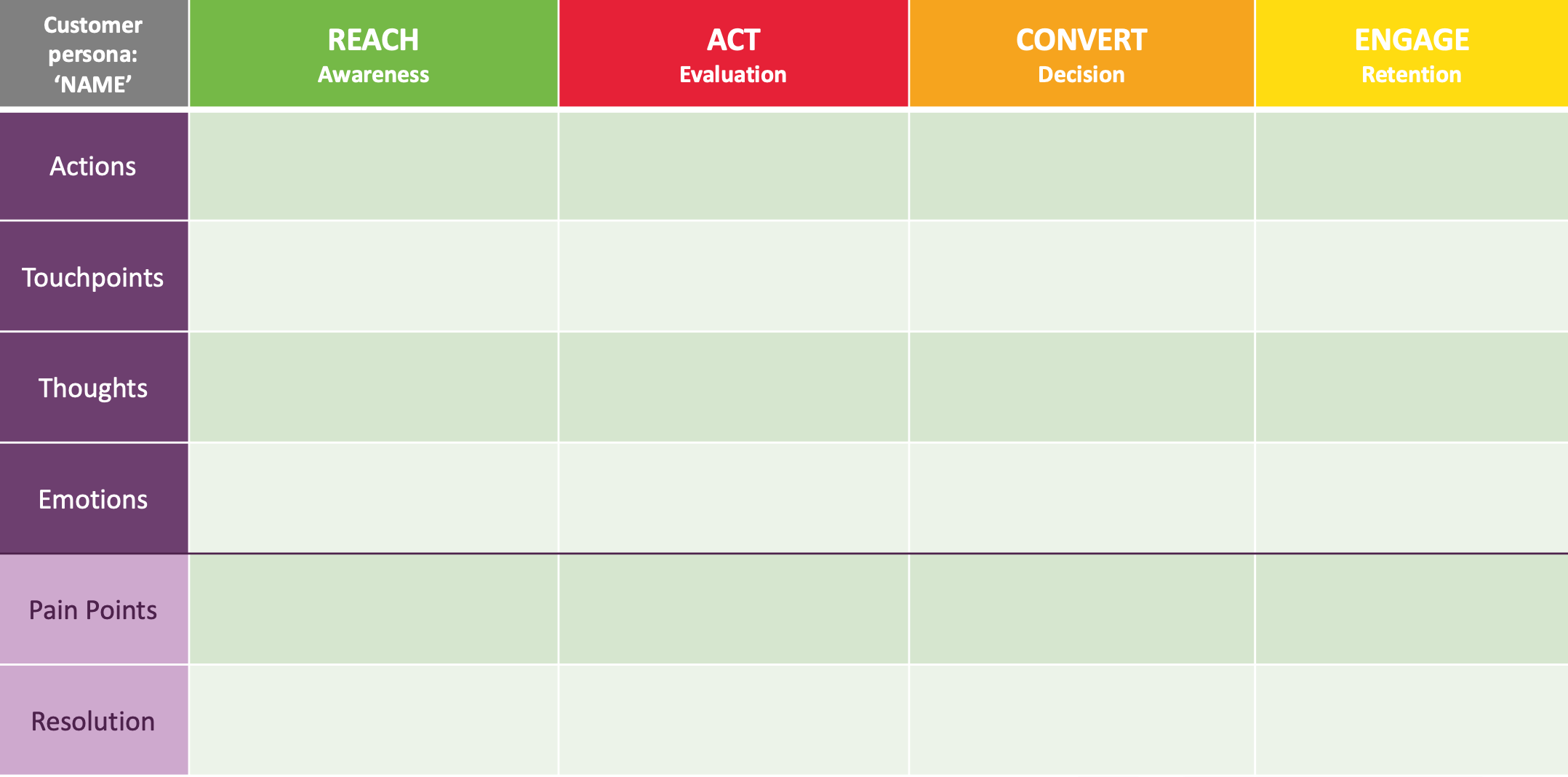















![The 11 Best Landing Page Builder Software Tools [2025]](https://www.growthmarketingpro.com/wp-content/uploads/2024/04/best-landing-page-software-hero-image-1024x618.png?#)


































![How Google’s AI Mode Compares to Traditional Search and Other LLMs [AI Mode Study]](https://static.semrush.com/blog/uploads/media/86/bc/86bc4d96d5a34c3f6b460a21004c39e2/f673b8608d38f1e4be0316c4621f2df0/how-google-s-ai-mode-compares-to-traditional-search-and-other-llms-ai-mode-study-sm.png)

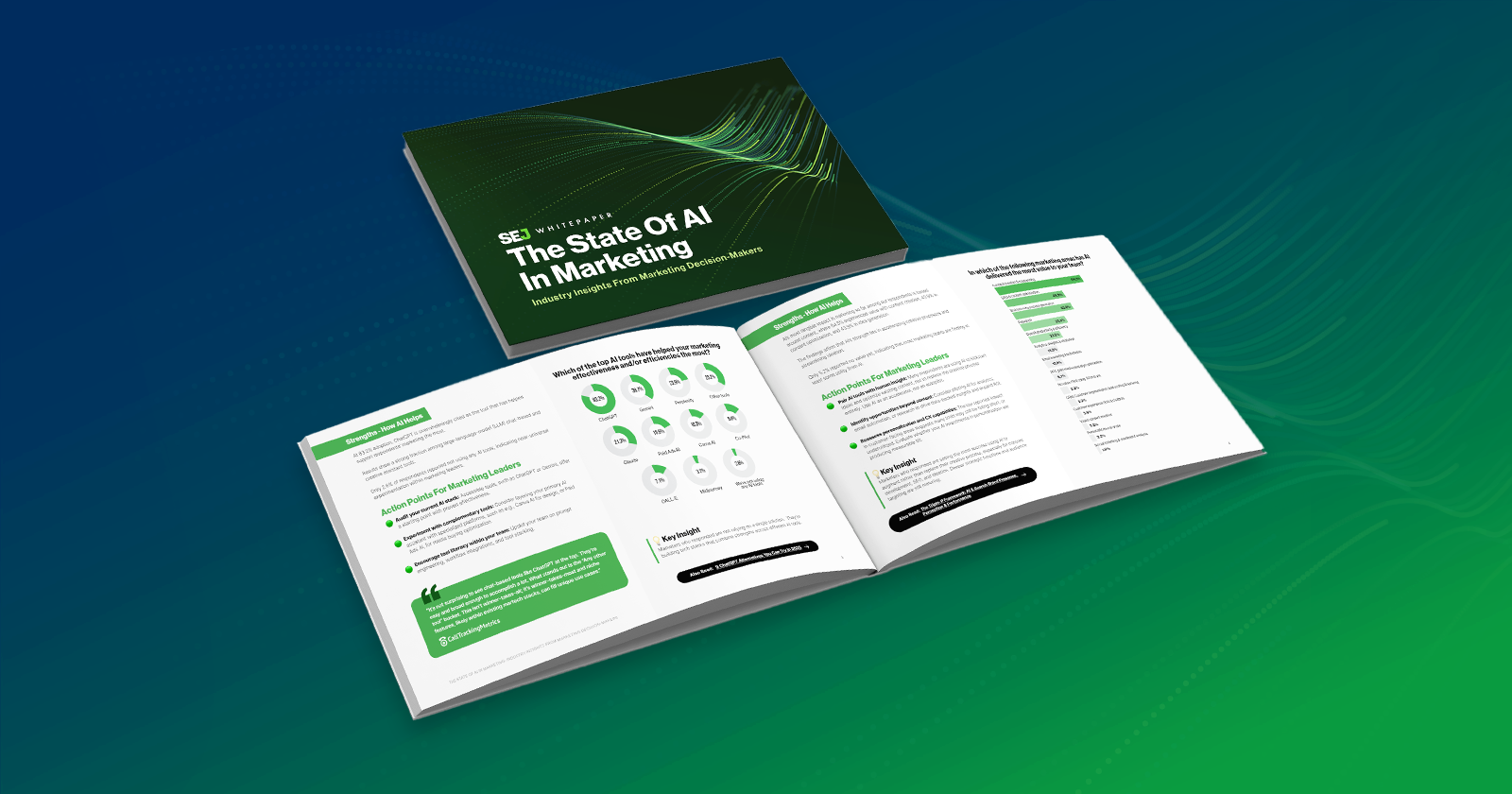
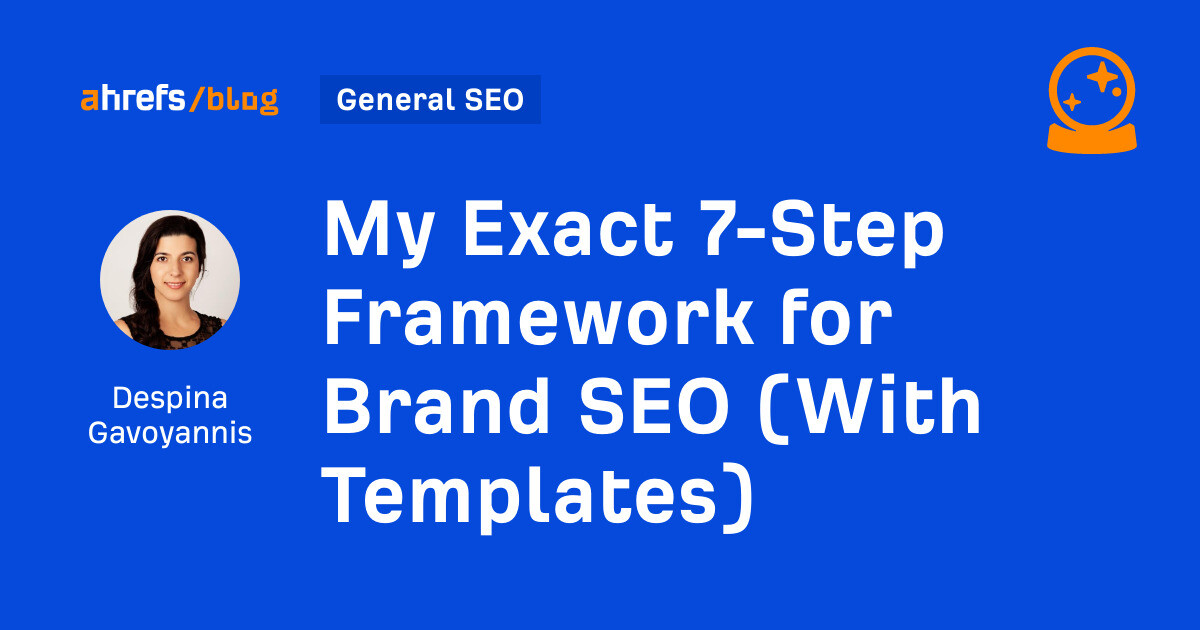



![How to Create an SEO Forecast [Free Template Included] — Whiteboard Friday](https://moz.com/images/blog/banners/WBF-SEOForecasting-Blog_Header.png?auto=compress,format&fit=crop&dm=1694010279&s=318ed1d453ed4f230e8e4b50ecee5417#)
![How To Build AI Tools To Automate Your SEO Workflows [MozCon 2025 Speaker Series]](https://moz.com/images/blog/banners/Mozcon2025_SpeakerBlogHeader_1180x400_Andrew_London-1.png?auto=compress,format&fit=crop&dm=1749642474&s=7897686f91f4e22a1f5191ea07414026#)

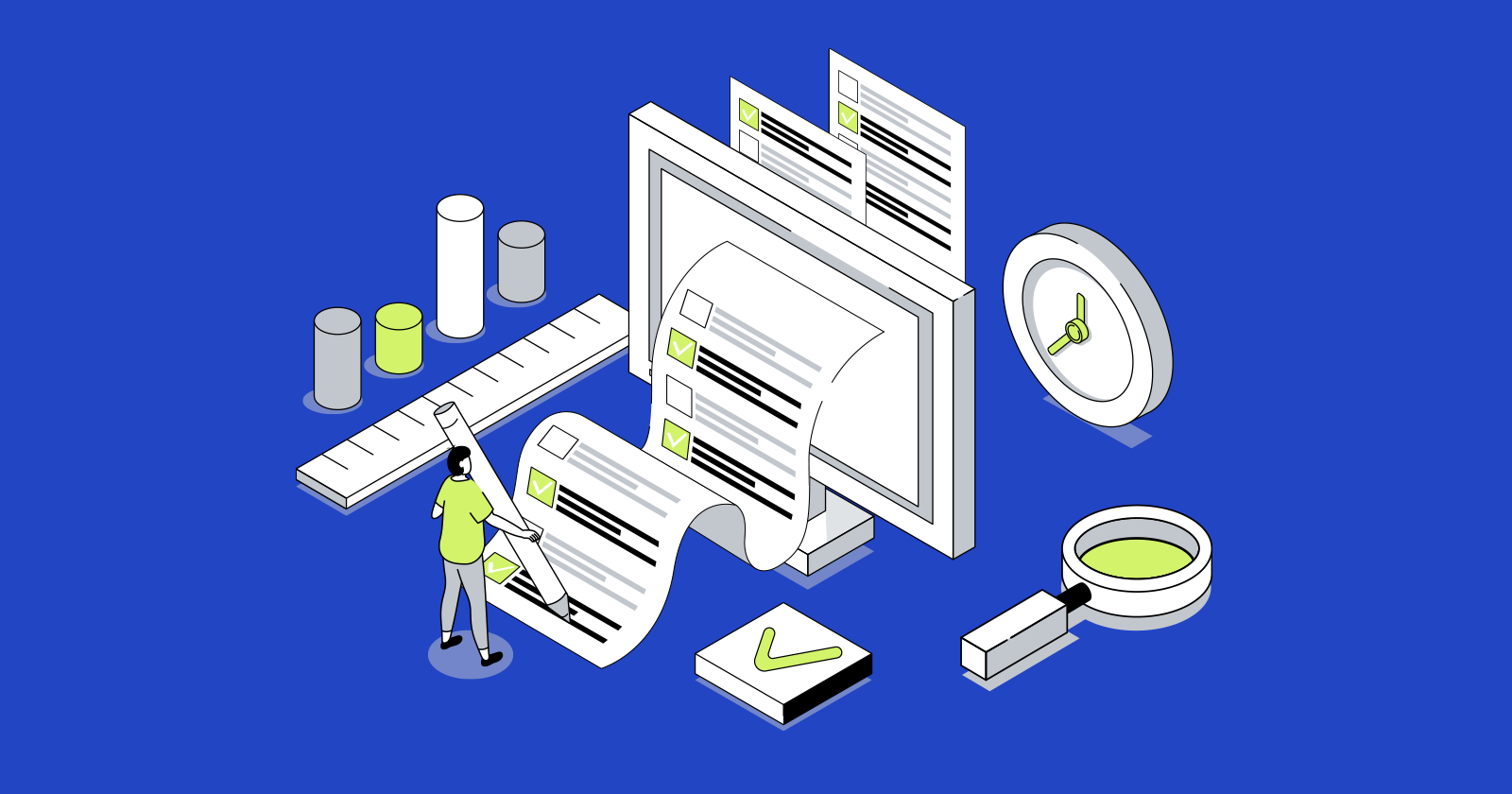
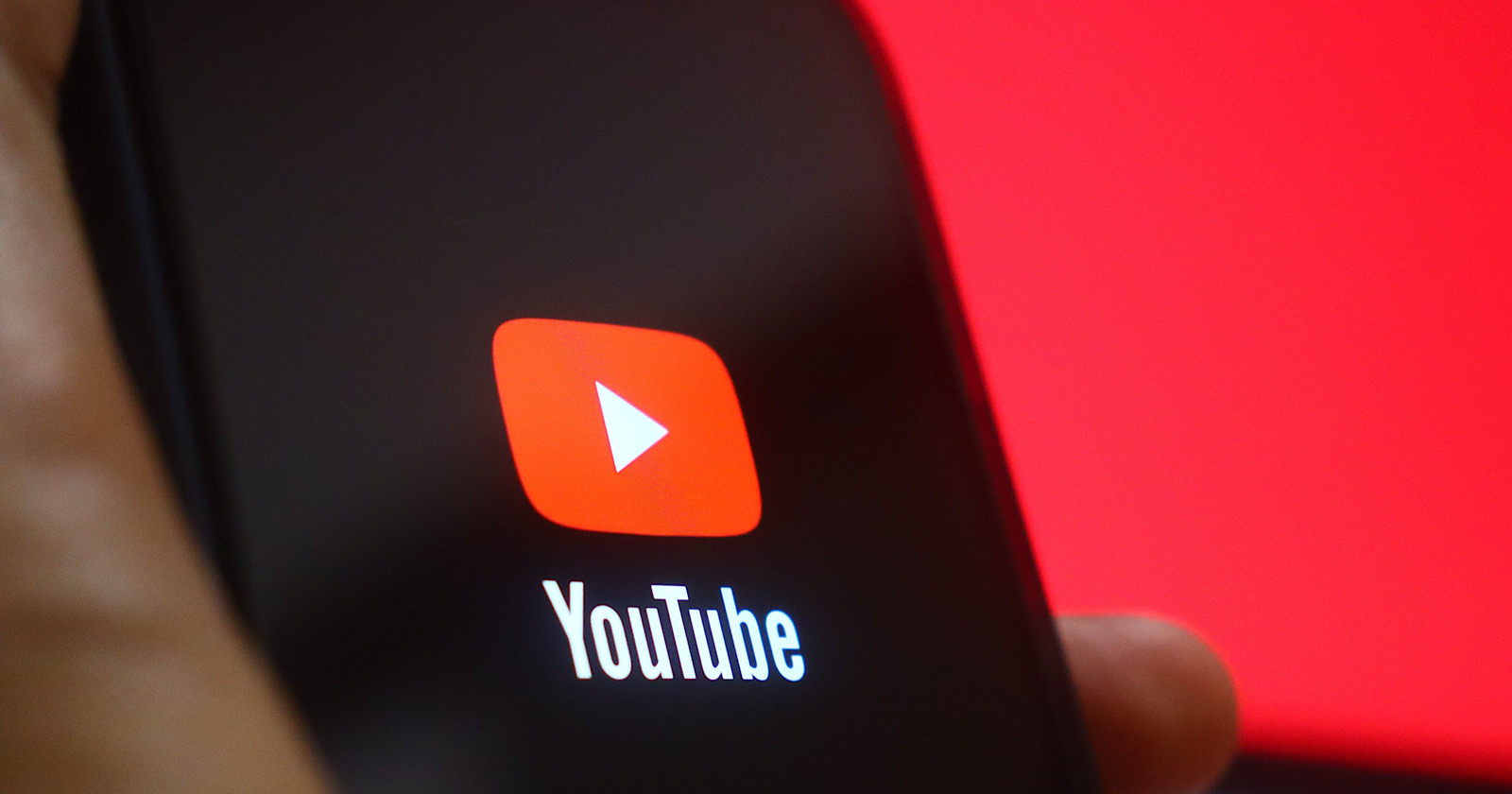







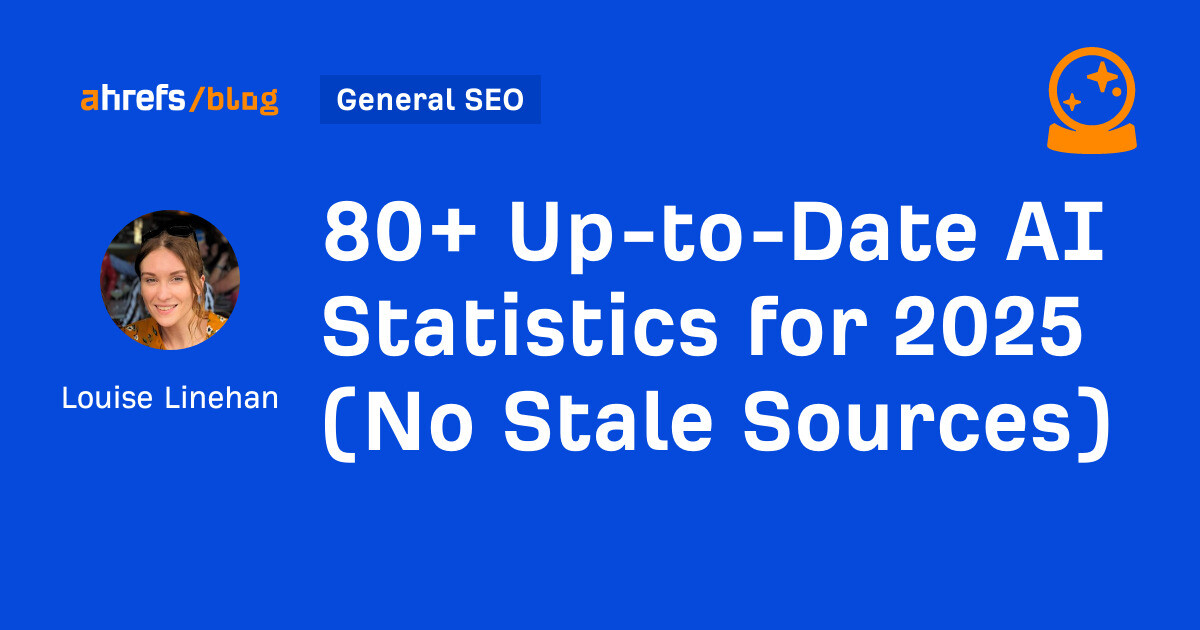

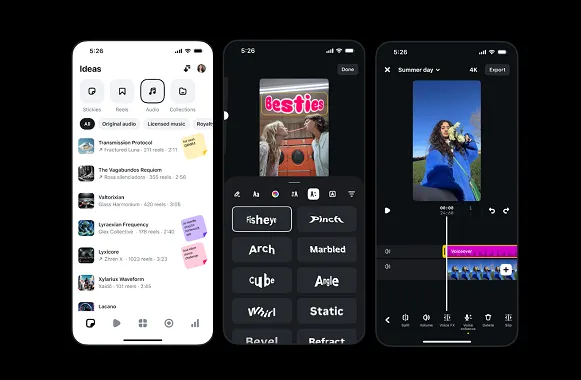












![Brand pitch guide for creators [deck and email templates]](https://blog.hootsuite.com/wp-content/uploads/2022/06/brand-pitch-template.png)















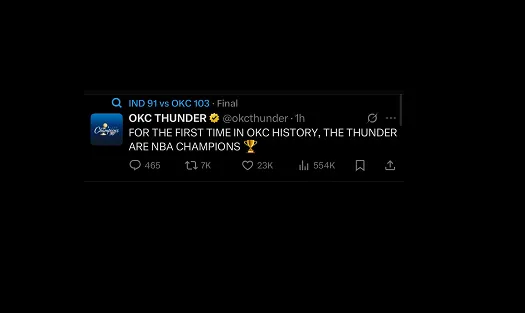
![How Social Platforms Measure Video Views [Infographic]](https://imgproxy.divecdn.com/AncxHXS242CT-kDlEkGZi7uQ2k70-ebTAh7Lm14QKb8/g:ce/rs:fit:770:435/Z3M6Ly9kaXZlc2l0ZS1zdG9yYWdlL2RpdmVpbWFnZS9ob3dfcGxhdGZvcm1zX21lYXN1cmVfdmlld3MucG5n.webp)

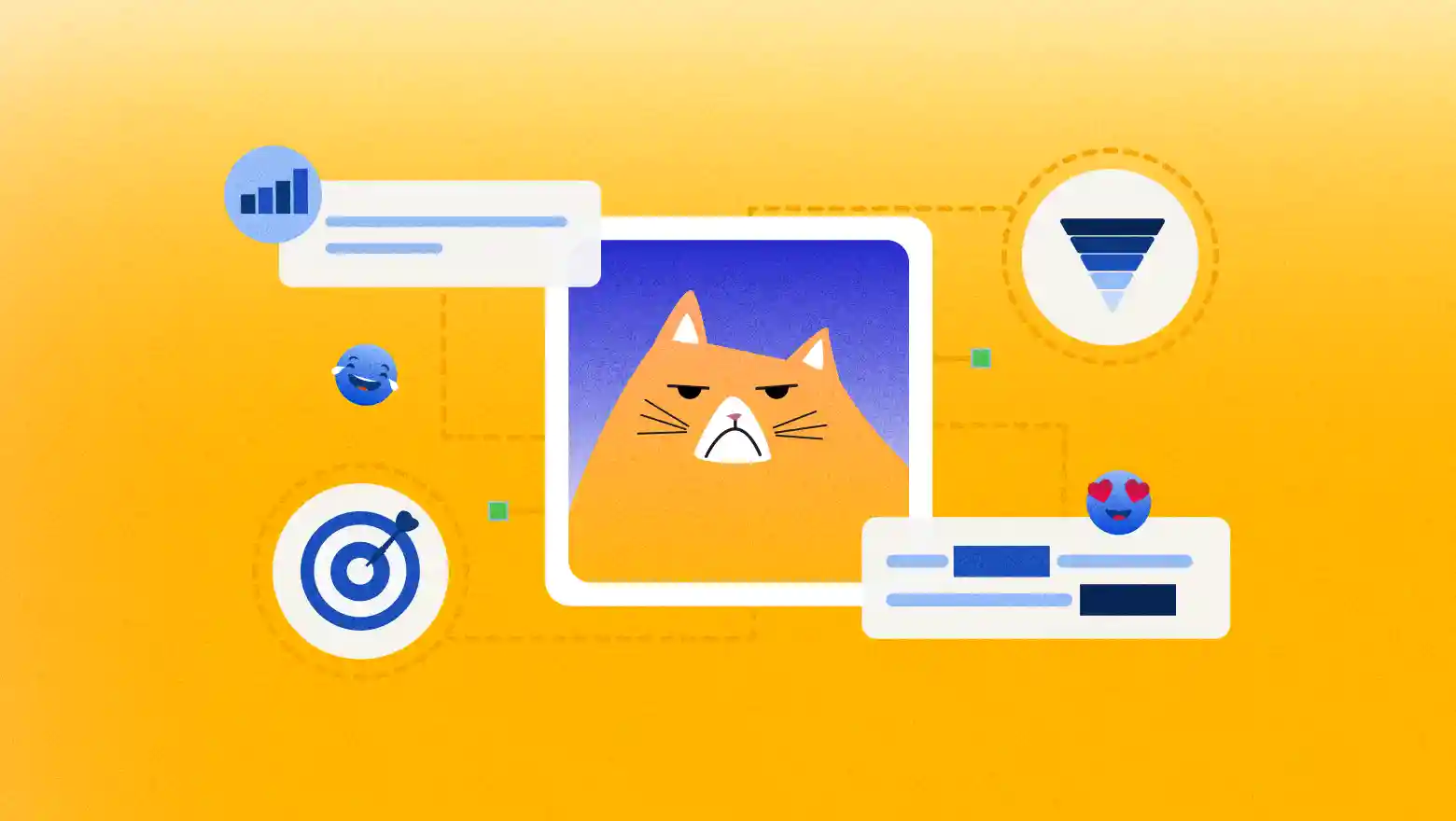



![Download Now: Free Marketing Plan Template [Get Your Copy]](https://no-cache.hubspot.com/cta/default/53/aacfe6c7-71e6-4f49-979f-76099062afa0.png)

![Email Marketing Plan: Craft & Track Your Email Campaign [Free Template]](https://www.hubspot.com/hubfs/Untitled%20design%20-%202025-04-22T133039.283%20%281%29.jpg)